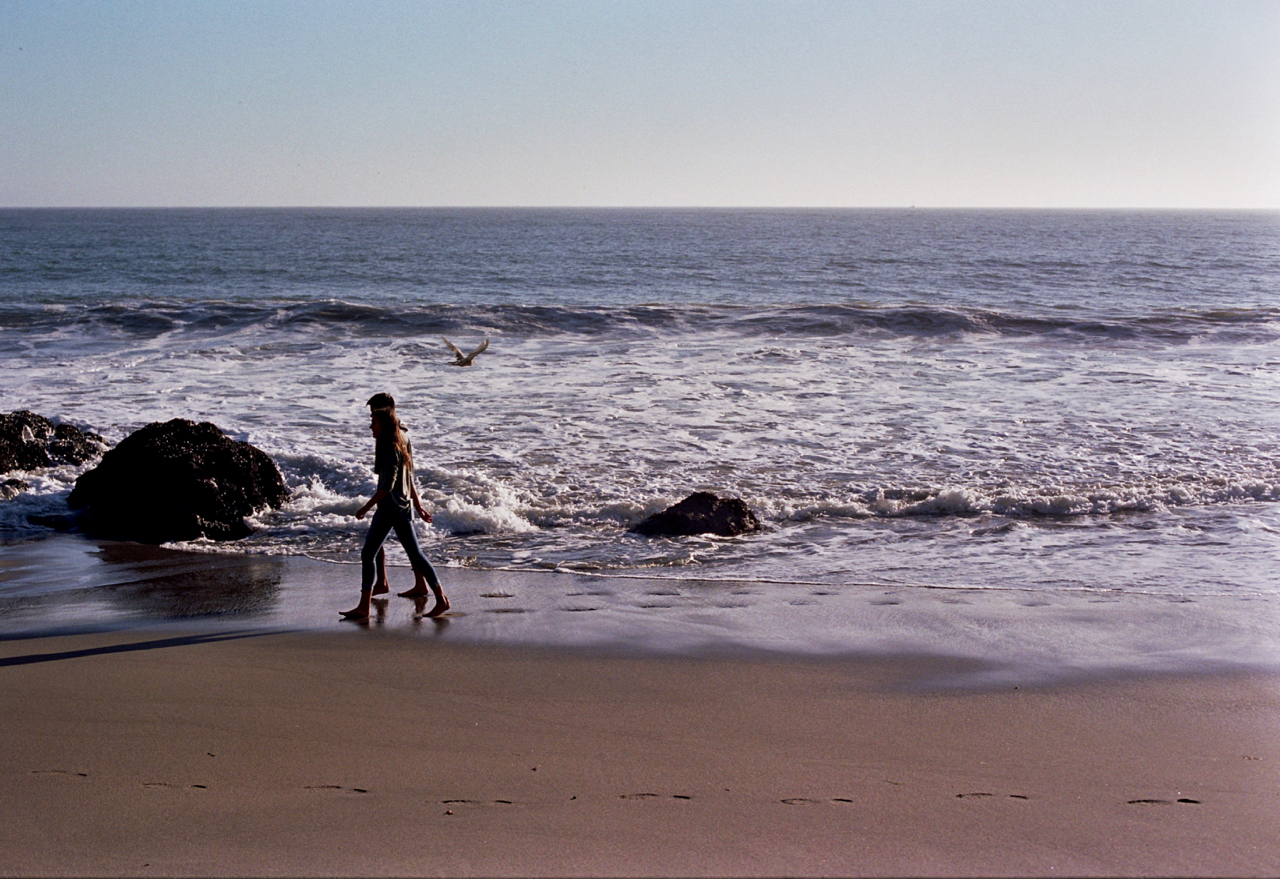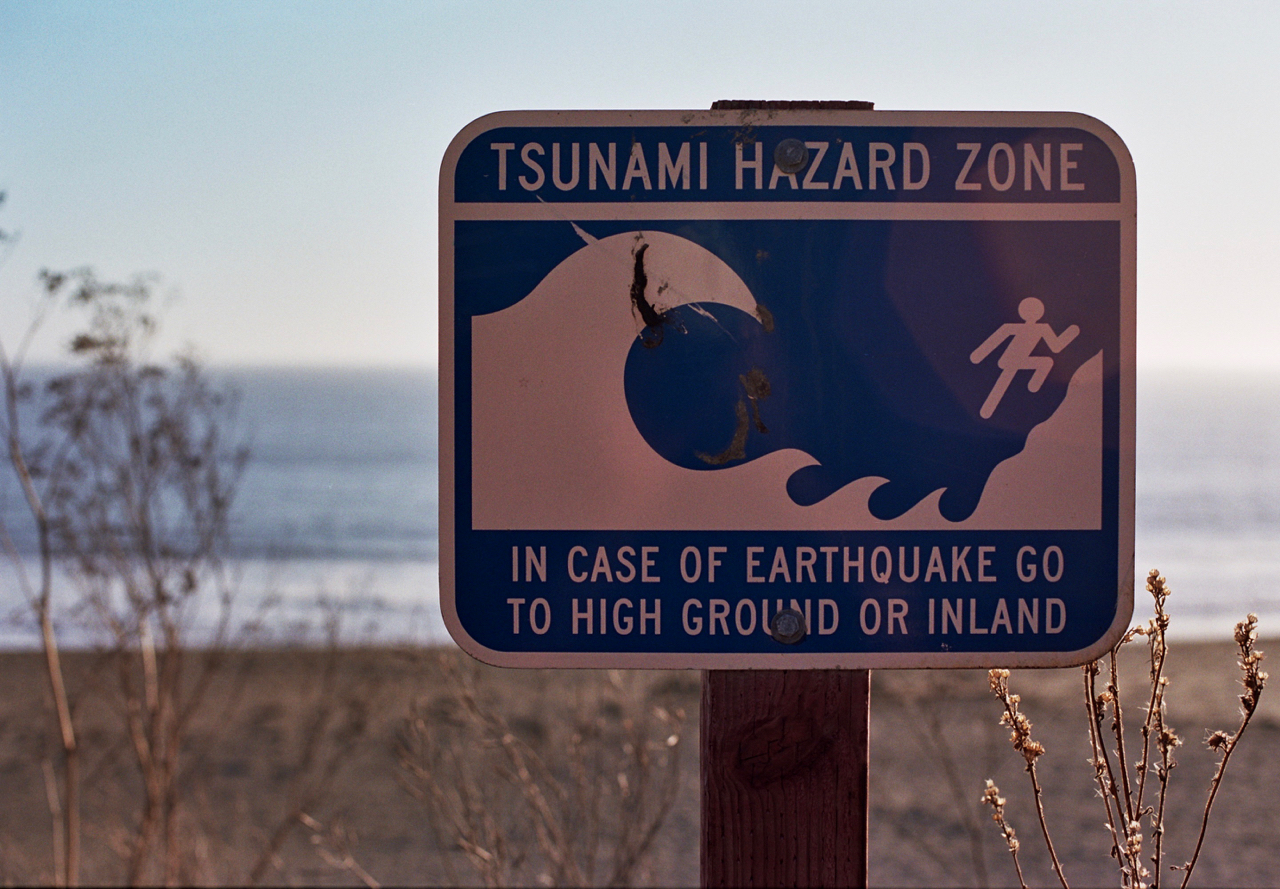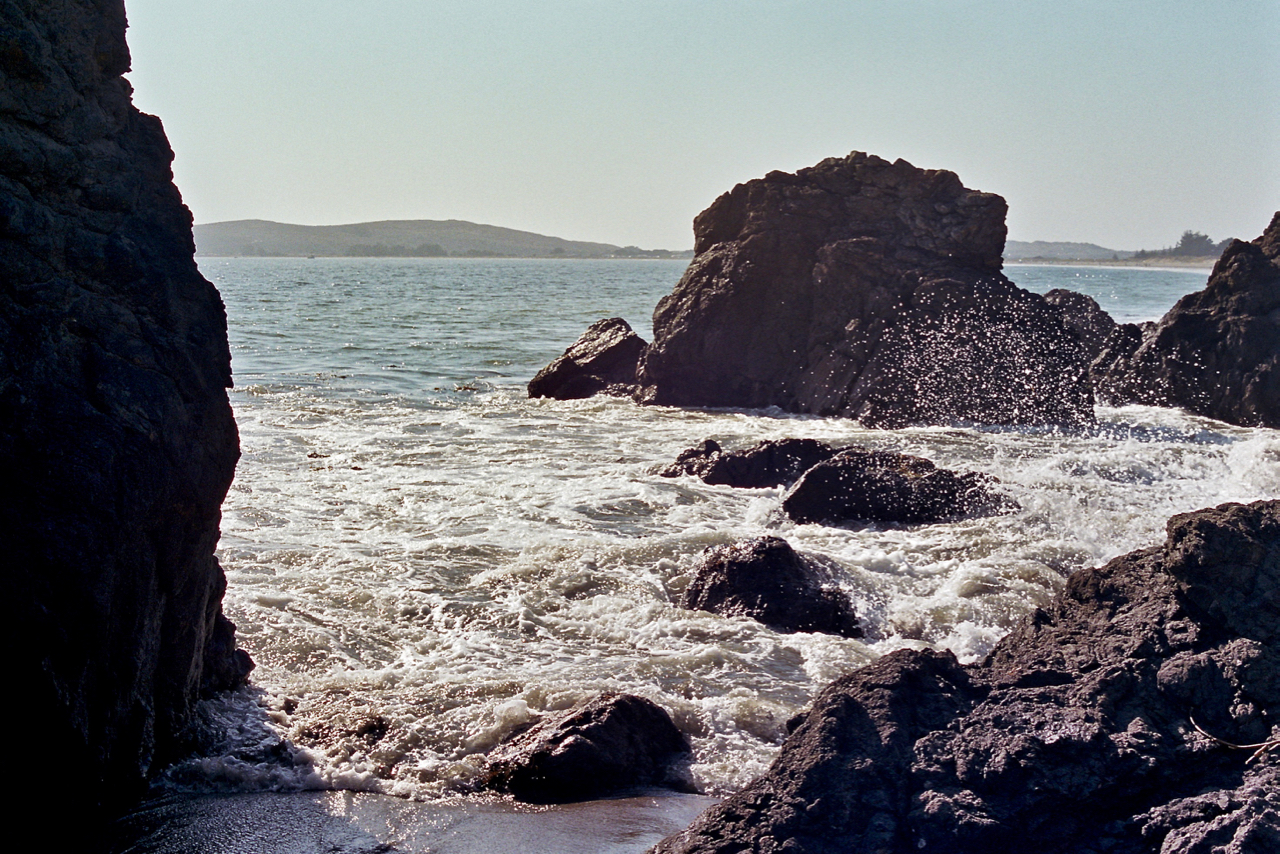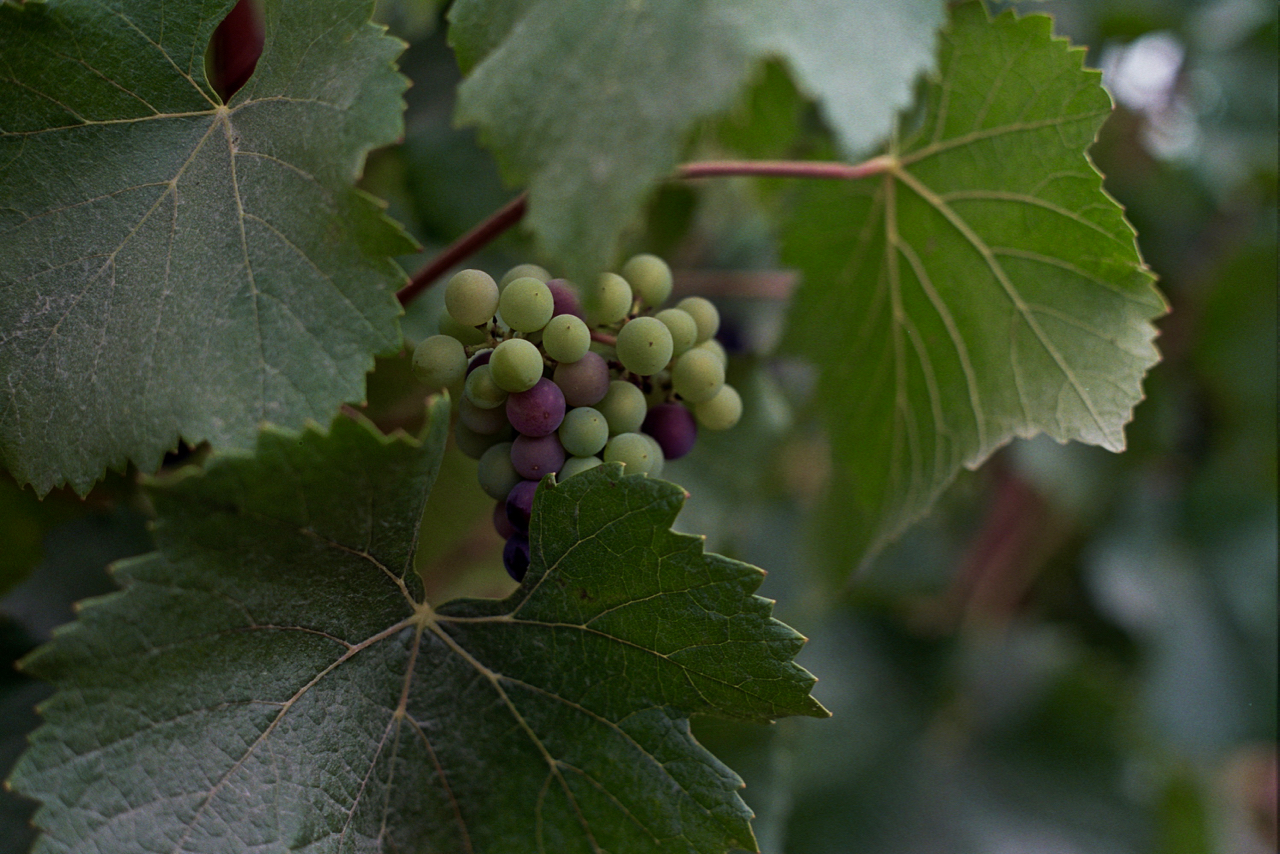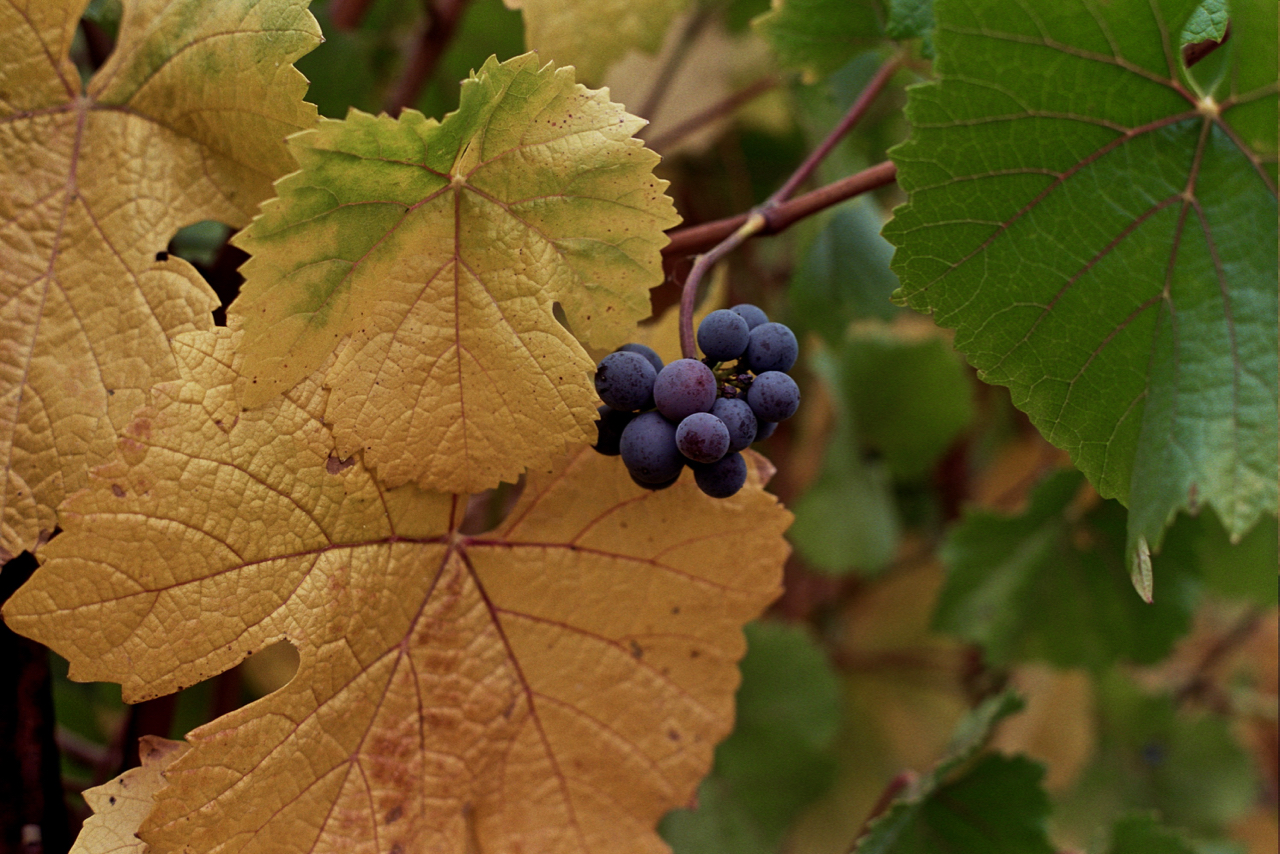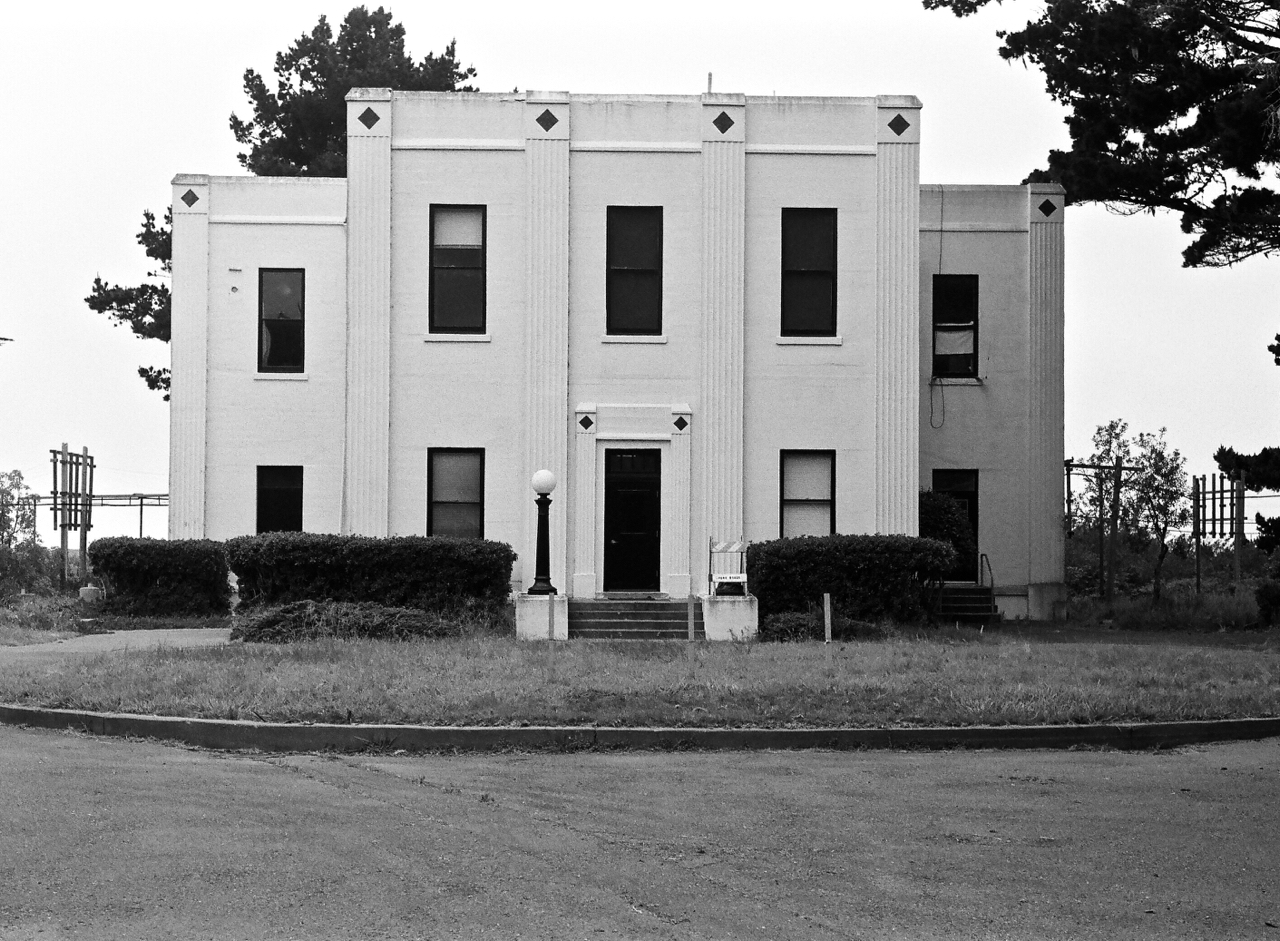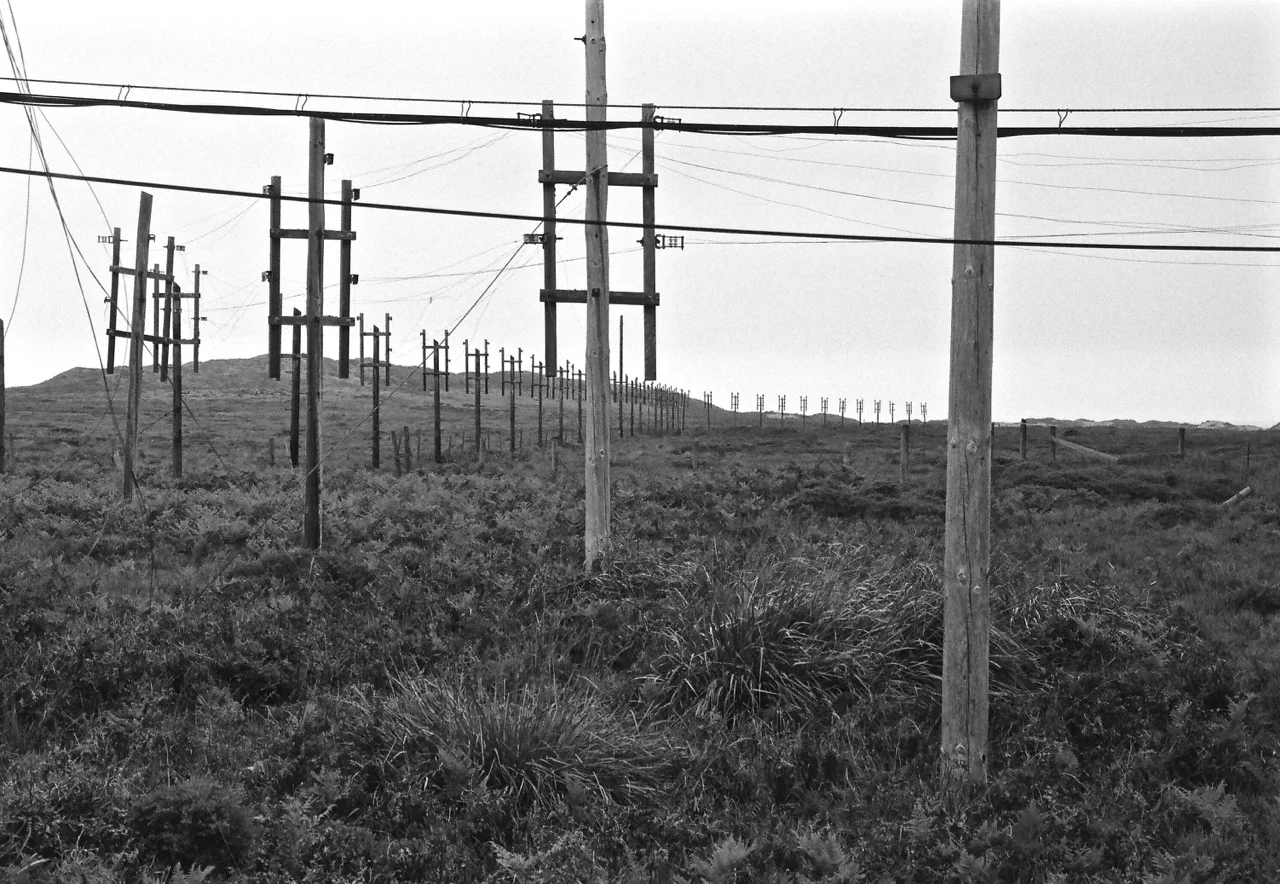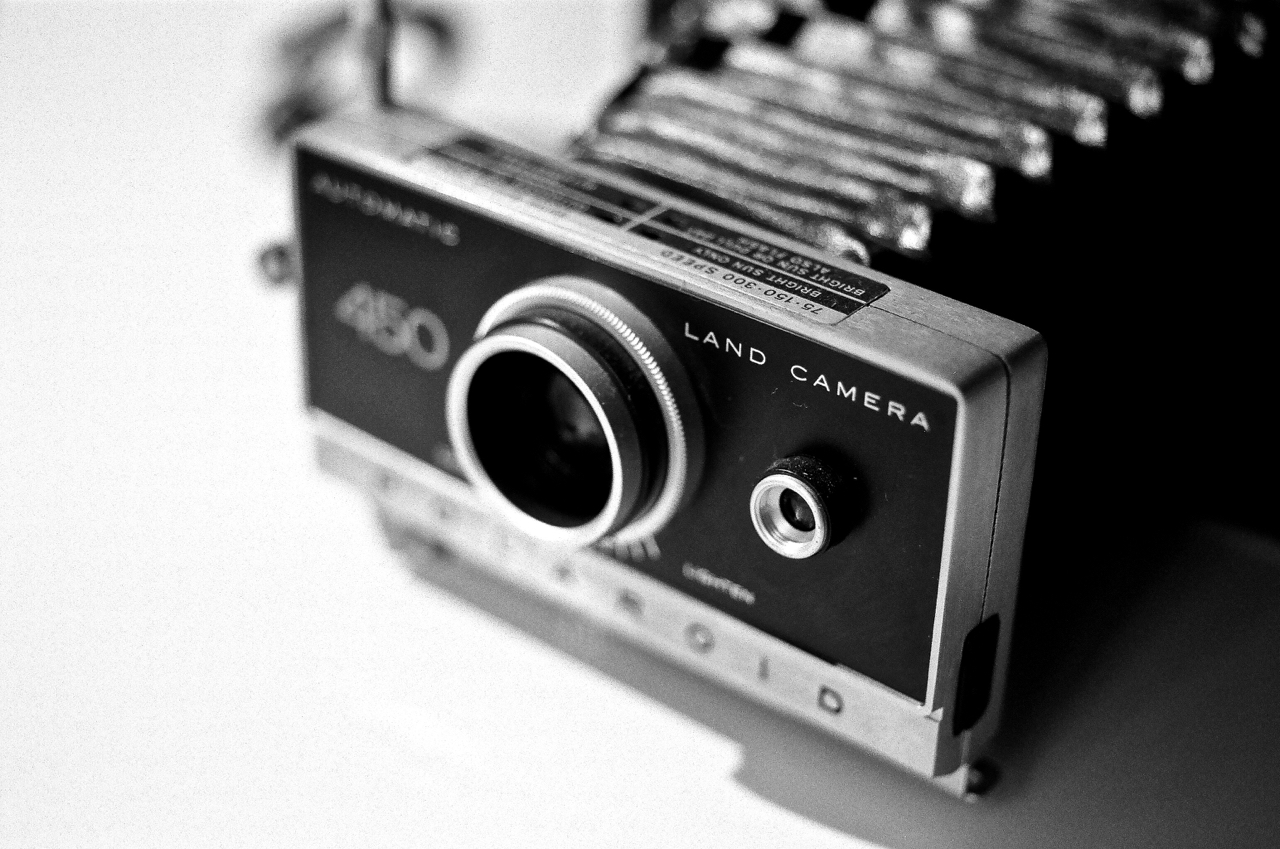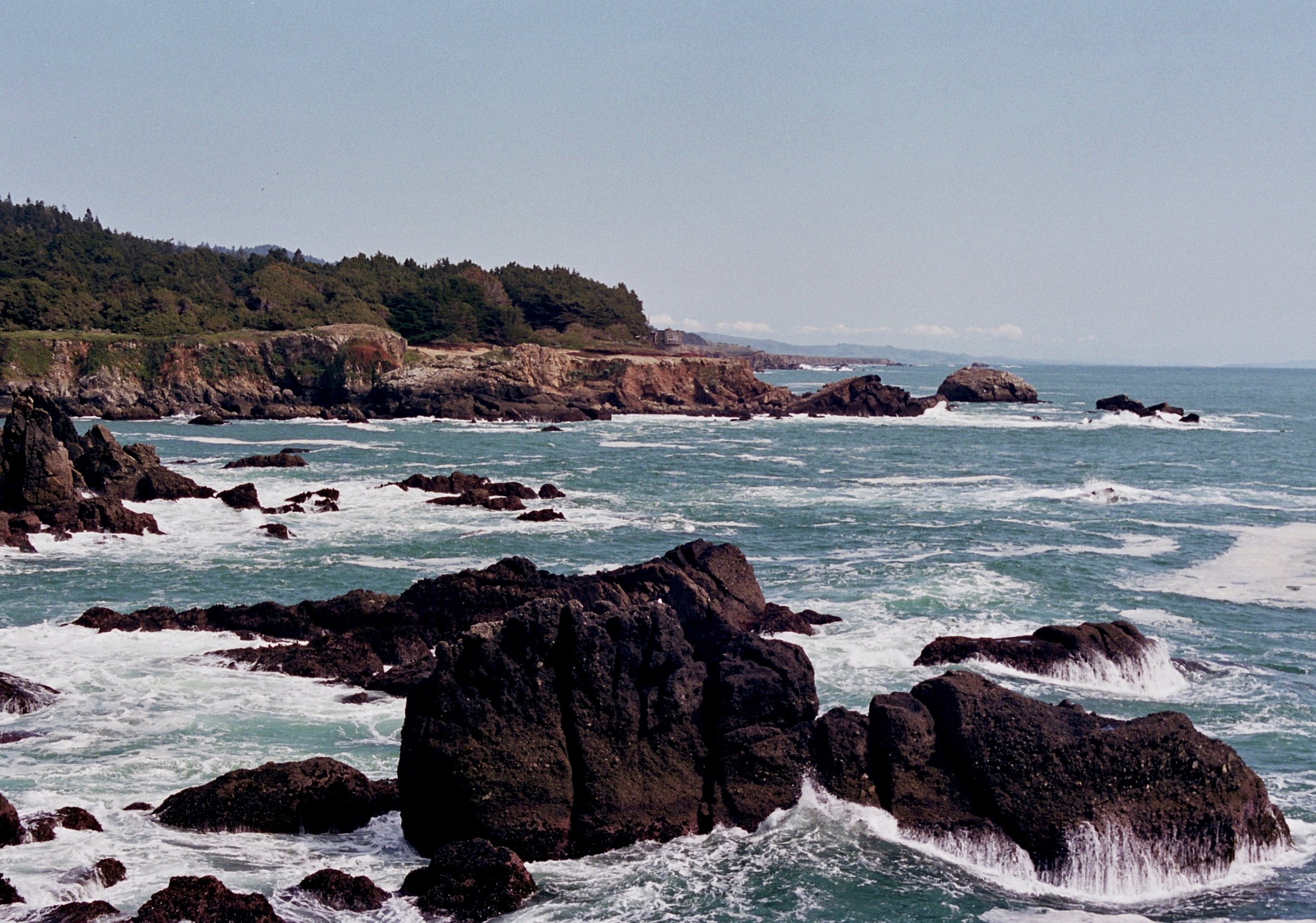The Original Canon F-1
It wasn't supposed to happen like this. At best, I thought we'd be briefly cordial. Acquaintances for a few weeks or months. You'd come into and out of my life like the others before. Then something happened. I discovered there was more to you and the longer we spent time together, I realized something more meaningful and potentially longer lasting was developing. I didn't expect to fall for you like this.
The Original Canon F-1 with 50mm f/1.4 Chrome Nose FD
My Canon Original F-1 camera came to me quite unexpectedly. I wasn't looking for one, not even thinking about one. I already owned the newest and last in the F-1 line, the AE-finder equipped F-1n and loved its aperture-priority automation and fine Canon FD lenses. But one evening, while browsing through the posts on the Facebook Film Camera Group I belong to, I saw someone who was looking for a Canon P rangefinder. I happened to have two and that was one too many. I shot a message to the guy and he instantly responded, asking me how much I wanted and would I be open to a trade. "Trade? What do you have?"
He responded that he had an original Canon F-1 with a nice chrome nose FD standard lens mounted out front. Sent me a few photos. The camera looked decent, although he told me he had never used the meter. Shot it only Sunny 16. I decided that it might be fun to try the original version of the F-1, so we made a deal.
I packed up my P and sent it off. A few days later, the F-1 arrived. She was a bit dusty and 46 years of photography had worn off some of her black finish, revealing a wonderful, romantic brass patina. As I always do when unpacking a camera for the first time, I ran her through the range of available shutter speeds. The shutter speed selector dial clicked firmly into place at each detent and the speeds sounded fairly accurate. Better yet, the F-1's shutter sound was sublime. Really sublime!
Despite appearing well used, the old Canon really seemed fully functional. The viewfinder was clean and clear. The self-timer worked. Film chamber was clean and shutter curtains looked good. She did need seals and new mirror bumper foams. And the old CdS meter seemed a bit erratic. The F-1 was interesting and felt good enough in my hand to invest into a CLA. I have had good experiences with Blue Moon Camera & Machine and knew they worked on this model camera, so off she went for some spa time.
Cameras usually spend 4-6 weeks up at Blue Moon and during that time, my life and my work got real busy. The F-1 came back from service and it would be many more weeks before I had a chance to take her for a test drive. During that time, I'd occasionally take the camera out, click the FD lens through its f/stops, focus on something in my living room and dry fire the shutter. Despite its size and weight, the F-1 is a wonderful camera to hold. And I know it's weird, but I love the way a camera smells when it comes back from service--almost like new. Blue Moon converted the F-1 to use modern 1.5v batteries and the light meter was now instantly responsive. The F-1's viewfinder is big...I mean big and bright and beautiful with only a simple, minimalist match-needle display.
Once I had some time, I loaded up some Kodak Portra 400 film, which I always overexpose by one stop, and headed down to the beach.
The Canon F-1 is big and heavy. Brass and glass. It's fully mechanical. No automated anything. You must slow down, think, focus, compose, dial up the proper shutter speed, open or close the lens, wind the film to the next frame. It requires everything of the photographer and in return, it offers an amazingly satisfying analog experience and very, very nice photographs. Love!



